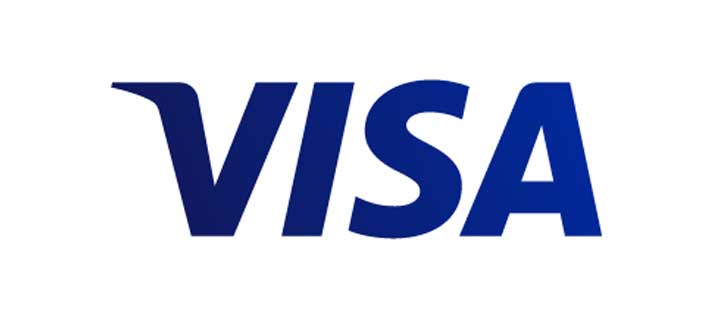Catching up with the youngsters: Generation X is the real champion of cashless payment – Visa survey
Latest Visa research reveals that a confluence of technological and demographic shifts are a boon for the Philippines’ burgeoning economy
“Generation X”, whose collective purchasing power accounts for much of electronic payment in the Philippines, are keen to adopt new payment methods, translating into growth opportunities for businesses at the time when “Generation Y” comes of age, according to Visa Consumer Payment Attitudes Study 2015. [1]
Penchant for electronic payments among Generation X (Gen X)[2] Filipinos remains strong, according to the Visa Consumer Payment Attitudes Study 2015. The study shows that seven out of 10 Filipinos (70 percent) of Gen X prefers card payments over cash for safety reasons, compared to 6 out of ten (60 percent) among Gen Y.

The Visa Consumer Payment Attitudes Study identified and tracked the changing attitudes towards payments among consumers in Southeast Asian markets including the Philippines.[3] For this study, “Generation X” are defined as those between 35-60 years old; “Generation Y” are 18-34 years old.
“We see widespread adoption among high-spending Gen X towards digital payments, particularly mobile, and growing spending power among Gen Y. The demographic shifts provide ample opportunities for businesses and financial institutions, spurred by fast-developing innovation in payments, such as wearable technology,” said Stuart Tomlinson, Visa Country Manager for the Philippines and Guam.
While cash is still the preferred option, the potential of other payment methods has been recognized. In the study, 88 percent of Gen Y surveyed said they are already using dedicated mobile applications to shop online – compared to 76 percent among Gen X. But the latter is catching up quickly.

For example, interest in making payments using wearables[4] is similar across the two groups with Gen X (80 percent) not far behind from Gen Y (87 percent) with groceries, food and beverage, and movie tickets as the top three categories for using wearables to pay.
Generation X, a generation that brought home the first personal computers and would not mind paying hundreds of thousands of Pesos for the first tumbler-size cellphones, are not always the laggards when it comes to adopting new payment technology.
Among new payment trends, paying with mobile devices is the next big thing. More Gen X (43 percent) have bought event and concert tickets through mobile devices than Gen Y (23 percent). While the youngsters (52 percent) spent more on software, apps and app-related content than their elders (28 percent).
Repeated usage is also a good indicator of how mobile payment has won over Gen X: 80 percent for example said they bought beauty and cosmetic products specifically via mobile devices having started using mobile payment only a year ago. Both Gen X and Gen Y also said they are interested to shop in store and paying with mobile devices (82 percent and 78 percent respectively) citing faster transactions, time saving, ease of use, and the convenience of not having to carry cashes as the top reasons.
“Given the appetite of Gen X and its spending power, catering solely to the young ‘millennials’ would be too limiting. Visa is working with client banks and merchants to accelerate the speed and scale of financial innovation by utilizing Visa’s know-how and global network. So everyone, everywhere can have the best means to pay and get paid,” concluded Mr. Tomlinson.
Liked this post? Follow SwirlingOverCoffee on Facebook.
About Visa
Visa Inc. (NYSE: V) is a global payments technology company that connects consumers, businesses, financial institutions, and governments in more than 200 countries and territories to fast, secure and reliable electronic payments. We operate one of the world’s most advanced processing networks — VisaNet — that is capable of handling more than 56,000 transaction messages a second, with fraud protection for consumers and assured payment for merchants. Visa is not a bank and does not issue cards, extend credit, or set rates and fees for consumers. Visa’s innovations; however, enable its financial institution customers to offer consumers more choices: pay now with debit, pay ahead of time with prepaid or pay later with credit products. For more information, visit www.visa.com.ph, http://visaapnews.asia/ and @VisaNews.
[1] Visa commissioned Acorn to conduct the online study over the period of June to July 2015 with 3,000 respondents across Indonesia, Malaysia, The Philippines, Singapore, Thailand, and Vietnam.
[2] For this study, “Generation X” are defined as those between 35-60 years old; “Generation Y” are 18-34 years old.
[3] Indonesia, Malaysia, the Philippines, Singapore, Thailand, and Vietnam.
[4] A contactless payment form factor that enables consumers to wave or tap their device over a payment terminal at the point of sales to pay for purchases. Examples of wearable range from the high-tech such as Apple Watch to rubber wristband with contactless chip.


